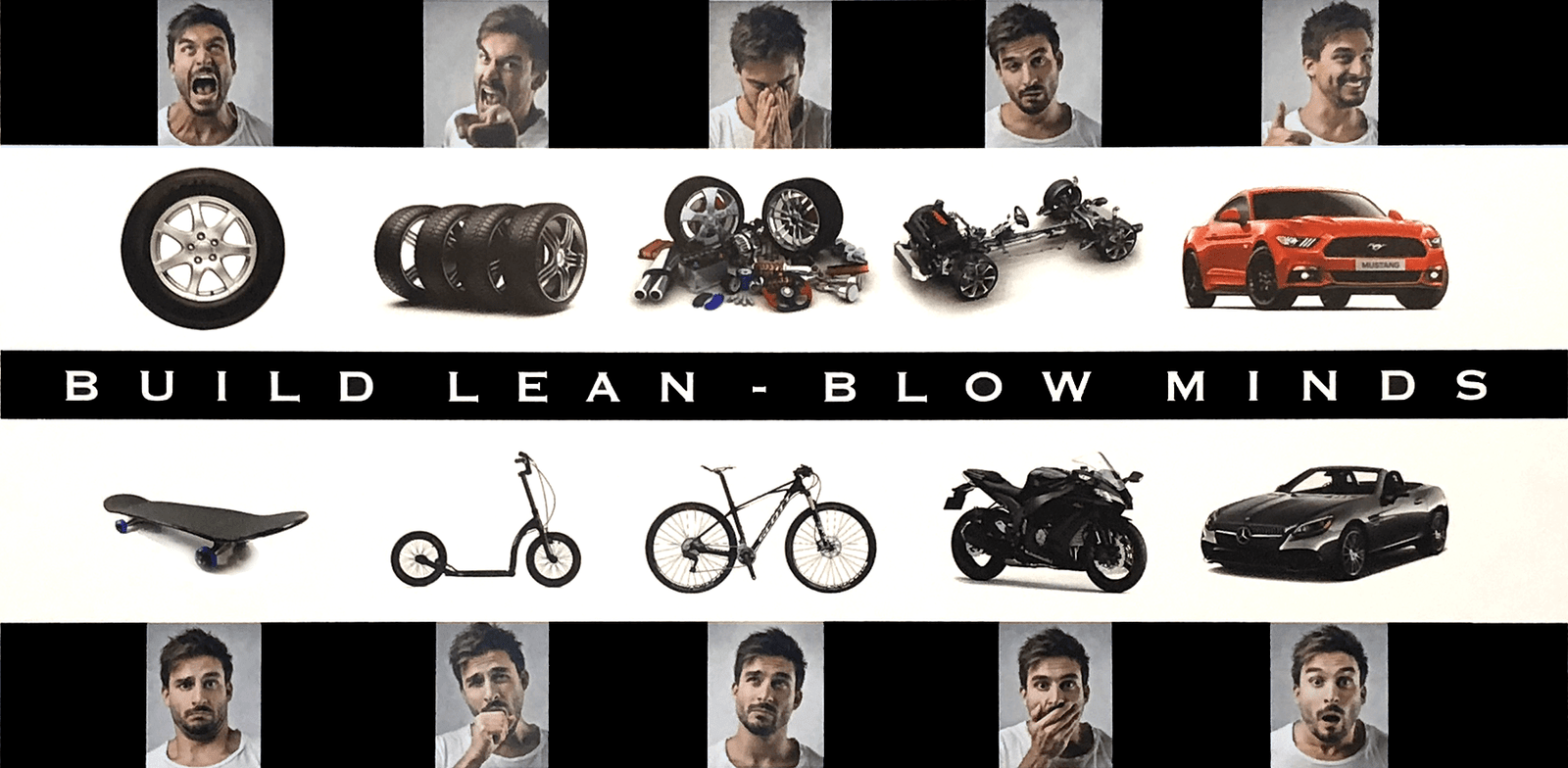Writing

Vital UX skills that few designers have, and how to develop them
UX Collective • 17 minute read
Our industry is living far below its potential in preparing young designers to become future leaders, and our educational system is doing an even worst job preparing students to land their first job in an ever more competitive industry. In this article I identify 7 key skills that UX leaders often look for in candidates but rarely find along with clear suggestions on how they can be developed in both individuals and teams. These skills separate excellent designers from average ones—which has a direct correlation to innovation, customer outcomes, & revenue.

Business for designers
UX Collective • 19 minute read
Design is being valued in organizations like never before. Designers are being brought in earlier to startups and being involved at higher levels in large enterprises. More and more companies are promoting VPs of UX, Chief Design Officers, and Chief Experience Officers. I’ve even heard more than once of large clients demanding that companies looking to earn their business start UX departments. As an industry we are finally getting the recognition and leadership opportunities for which we have been clamoring for decades. The problem? We’re not ready. The vast majority of designers do not think in terms of business priorities or seek to develop leadership skills. This article can help get your feet planted on the right path.

Deliver products people love...without guessing, Part 1: Jobs To Be Done
UX Planet • 7 minute read
Every month companies in the United States spend billions of dollars on market research, competitive analysis, customer segmentation studies, and the like. The goal is essentially to answer a single question: “What should we build and how should we market it to be successful?” They spend days analyzing their spreadsheets filled with the data from these studies, dictate a list of features to be built, and hope they are successful. What is the result? About 95% of new products fail. The sad thing is, you do not have to guess. There is a way to drastically increase your success rate. It all has to do with understanding the "jobs" customers hire your product to do for them in their lives and the circumstances around them. Circumstances and Continuous Discover are the key.

Deliver products people love...without guessing, Part 2: Shared Understanding
UX Planet • 9 minute read
The term “Shared Understanding” is used so often in Product and UX Design circles that it’s become one of the most common buzz words in the industry. Yet 95% of products are STILL failing. Why is that? It's because we have failed to understand or failed to create a true shared understanding among our teams. It isn't enough to do user research. It isn't even enough for 1 or 2 members of the team to understand their customers. The ENTIRE cross-functional team must have a thorough and current knowledge of customer goals, pain points, and how your products are succeeding or failing to help them perform their Jobs To Be Done.

Building truly cross-functional teams
UX Collective • 7 minute read
If you ask most any tech company today, most of them will tell you that they practice Agile development with cross-functional teams. Yet far too many are still failing to tap into the remarkable power of cross-functional, self-organizing, autonomous teams. In this article I discuss a few problems I’ve observed, and how they can be corrected to allow teams and entire companies to level up their agility and the innovative power that can result from true cross-functional teams.

Implementing Lean UX in the real world
UX Collective • 29 minute read
In 2013, Jeff Gothelf and Josh Seiden published a book called “Lean UX: Applying Lean Principles to Improve User Experience”. It quickly spread through the UX community like wildfire. “Lean UX” was the ultimate pep-talk that had much of the design community pumping their fists and shouting like over-excited 17-year olds at a pre-game rally, yet 6 years later many of us are still scratching our heads trying to figure out how to actually implement it in the real world, with real deadlines, and with real product development teams. In this article I share key takeaways & actionable insights I have learned while implementing Lean UX principles in the real world.

Why 'design challenges' don't work—and what does
UX Collective • 11 minute read
There is a growing trend among companies hiring designers: “homework” projects where candidates are asked to spend 5–10+ hours of their own time while working a full-time job to solve a design problem to then send in or present to the company. The unfortunate reality is that these assignments are flawed judges of ability, can even create PR nightmares if a an unpaid design exercise some how makes its way into production (it does happen). In nearly all cases, they drive away top talent and provide less-than-ideal candidate experiences from those you’re trying to impress.

No, UX _______ is not a dumb job title
UX Planet • 6 minute read
It seems to happen at least a couple times a week. Someone in my network on LinkedIn, Twitter, a Meetup, or in the office starts lamenting how dumb all these new job titles are. You know the ones: UX Prototyper, UX Developer, UX Writer, UX Program Manager, and the list goes on. There has been a fundamental shift going on. There’s a name for it: "Experience Economy." Companies that don’t prioritize their users’ experience are going out of business and hundreds of companies that do are popping up to take their place. Yet many of us seem to be missing the forrest for the trees. If you use your ux chops and do a little research, what you will learn is that these “new” roles we see popping up everywhere are actually a result of companies starting to shift traditional roles towards obsessing over their users. Here are just a few of the roles I’ve seen and why I consider them to ACTUALLY BE "true" UX roles.

MVP: balancing 'value' & 'minimums'
UX Planet • 6 minute read
Design is being valued in organizations like never before. Designers are being brought in earlier to startups and being involved at higher levels in large enterprises. More and more companies are promoting VPs of UX, Chief Design Officers, and Chief Experience Officers. I’ve even heard more than once of large clients demanding that companies looking to earn their business start UX departments. As an industry we are finally getting the recognition and leadership opportunities for which we have been clamoring for decades. The problem? We’re not ready. The vast majority of designers do not think in terms of business priorities or seek to develop leadership skills. This article can help get your feet planted on the right path.

Design Facilitation: the secret sauce of great designers
UX Collective • 12 minute read
Design can be incredibly fulfilling when done well, but it can also be incredibly difficult. Design is a team sport and while everyone wants the same thing, there are usually dozens of different ideas about how to achieve results. Success, then, depends on creating a shared understanding of all those ideas and then somehow choosing a direction without hours and days of meaningless debate. Design facilitation is the key to unlocking the cross-functional power of shared understanding and diversity.

There is no leadership without the '...or else'
UX Planet • 6 minute read
I’ve seen it at multiple companies. I’ve seen it in one on ones and in team meetings. I’ve seen it with new managers and seasoned executives who should know better. They identify a desired change in behavior they want to see and challenge the team to improve. Often they even give the reasoning behind the desired behavior improvement. Then a week or two later no improvement is made so they gather the individual or team again and have the same conversation, with the same result. No improvement whatsoever. Why? Because there was no ‘…or else’.
© Copyright 2023 Jeremy Bird Design - All rights reserved.